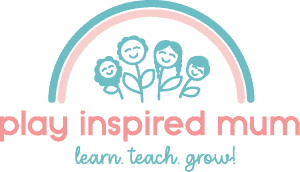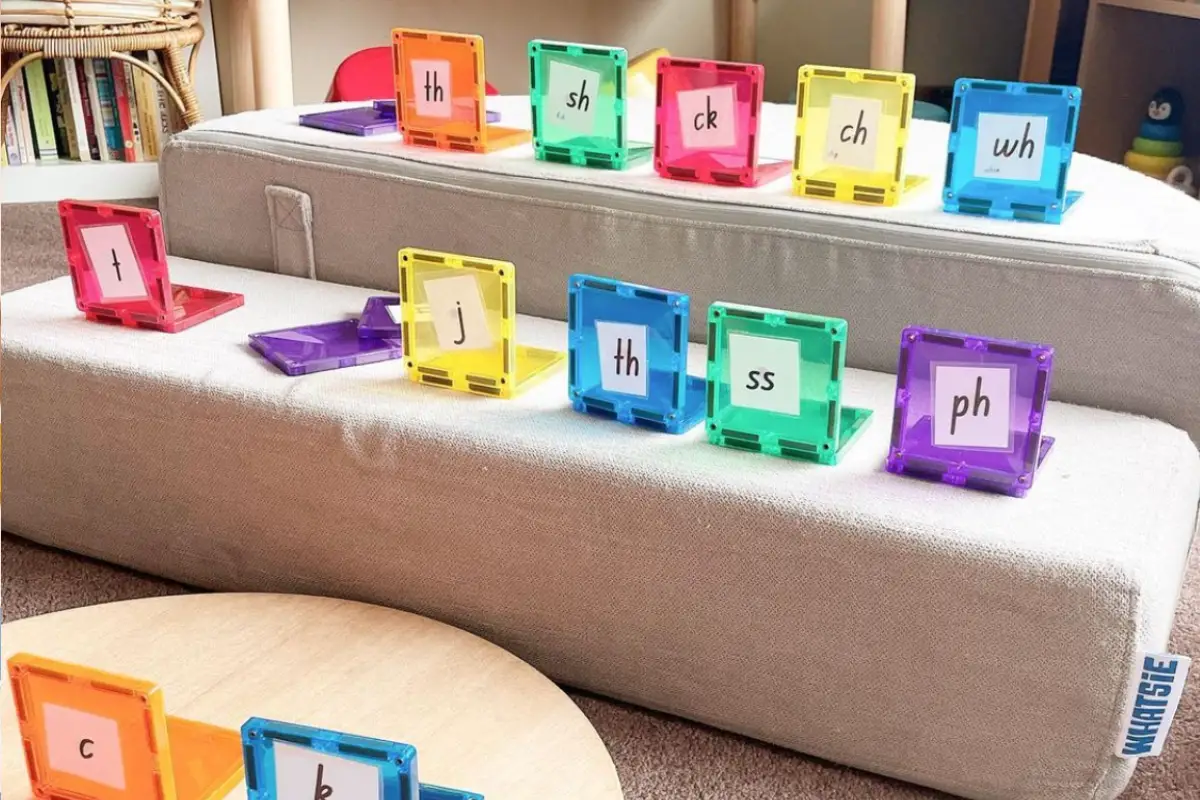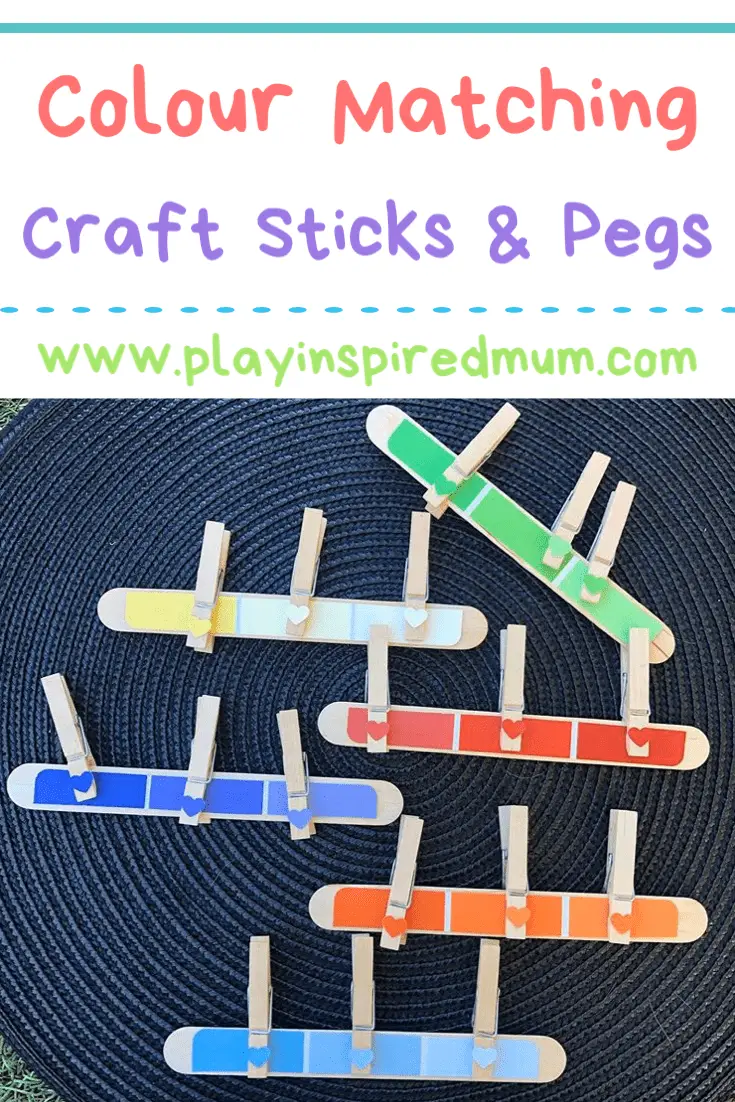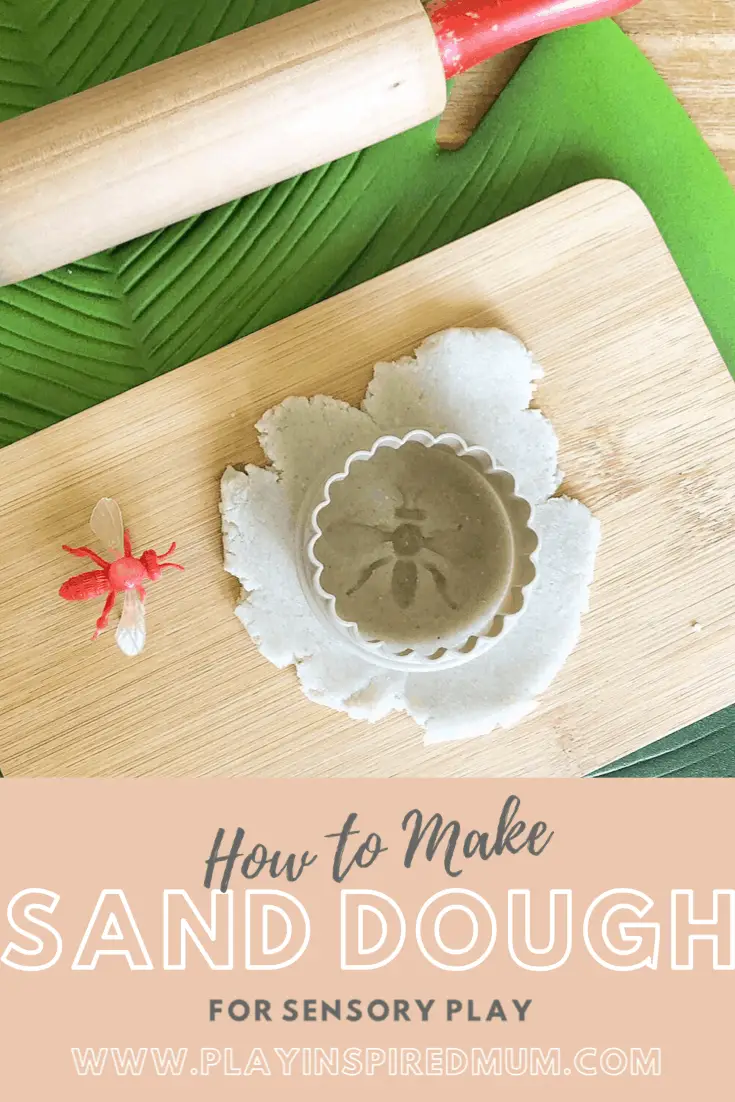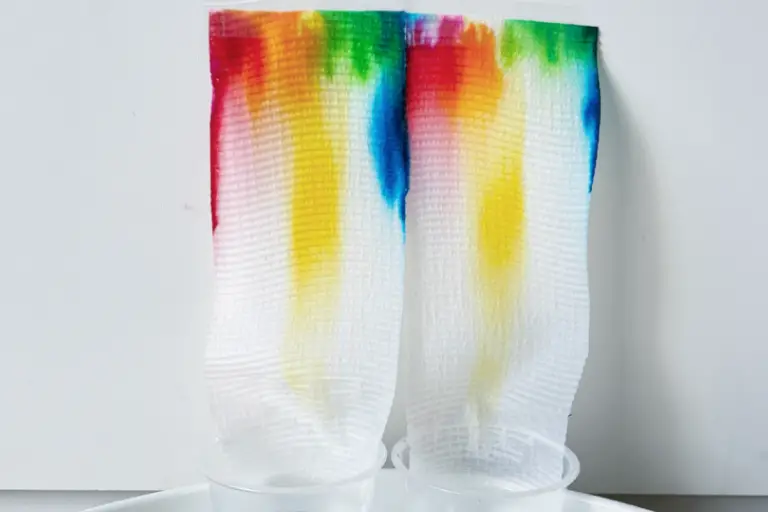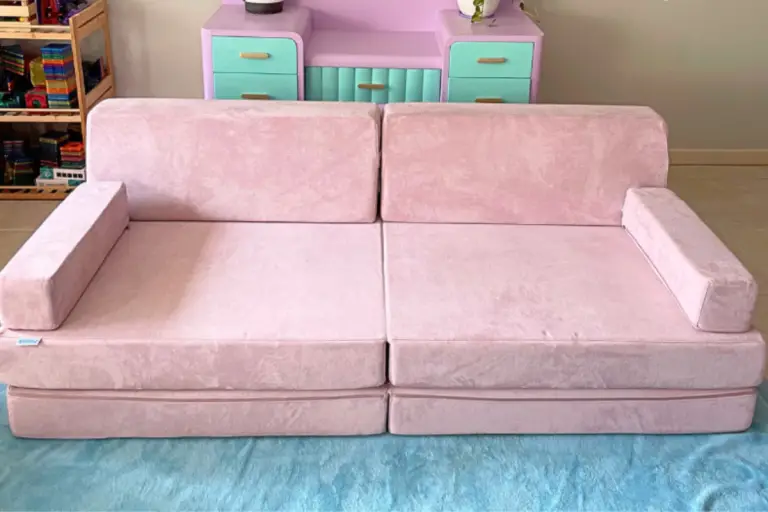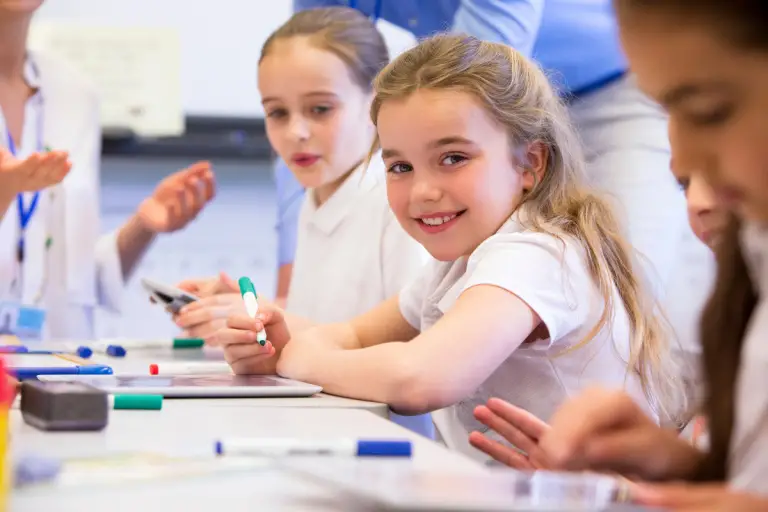Phonics Fun with Bean Bag Toss: a Preschooler’s Guide
Disclosure: This blog contains affiliate links which I may earn a small commission from if you purchase through them, at no extra cost to you.
Make learning sounds fun with a phonic bean bag toss.
What kid doesn’t like throwing bean bags about?
This learning activity is a collaboration between tossing beanbags and smashing down phonics – literally.
Along with the sounds, your child will also be practising a multitude of other skills.
All with the throw of a bean bag and a few little tricks that we will continue to discuss further down.
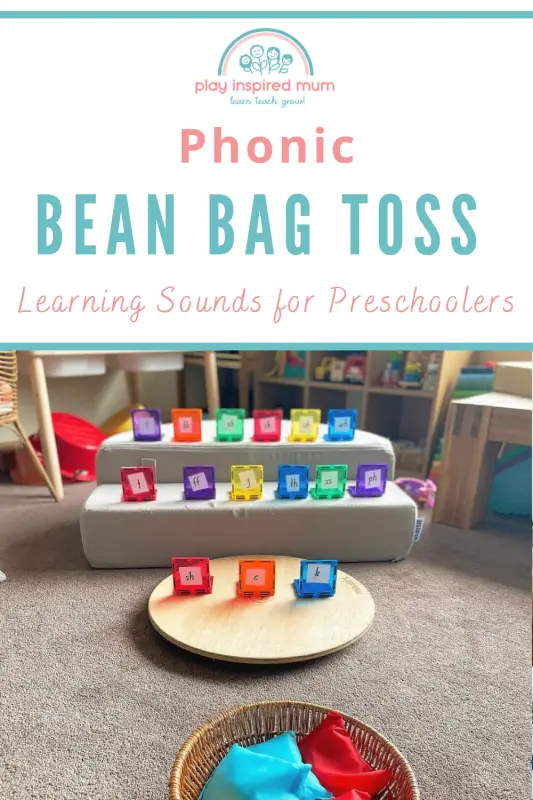
Phonic Bean Bag Toss Target Practice
I stumbled upon a brilliant idea that marries the joy of beanbags with the fundamentals of learning phonics.
Picture this: a sunny afternoon filled with laughter, preschoolers tossing beanbags onto targets, each adorned with letters, digraphs, and sounds.
This isn’t just play; it’s a carefully crafted pathway to literacy.
By engaging in phonic bean bag target practice, we tap into the incredible potential of play-based learning.
Through this innovative activity, I observed not just an improvement in hand-eye coordination but a leap in learning to read.
In the throes of excitement, magnetic tiles and printed phonics become more than just educational play pieces.
They transform into keys that unlock the world of words for kindy and preschooler activity enthusiasts.
As they aim and throw, the physical movement solidifies the sounds and letters in their minds.
This seamless integration of gross motor skills with reading readiness propels them toward success in both arenas.
Why Phonic Bean Bag Toss Target Practice?
Integrating learning phonics with gross motor skill activities, like the Phonic Bean Bag Target Practice, will revolutionize the way we approach early education.
Beanbags, when aimed at magnetic tiles or printed phonics cards, immediately turn a kindy activity into a dynamic learning session.
This method had shown remarkable success in enhancing memory retention.
Not only did preschoolers remember the letters and sounds, but digraphs became a breezy part of their vocabulary too.
Hand eye coordination received a significant boost, making learning to read an engaging, multisensory experience.
Moreover, the inclusion of whatsie pieces infused the environment with play based learning, reaffirming the joy in discovering new words.
In essence, blending physical activity with reading practice made mastering phonics an adventure, paving the way for a lifelong love of learning.
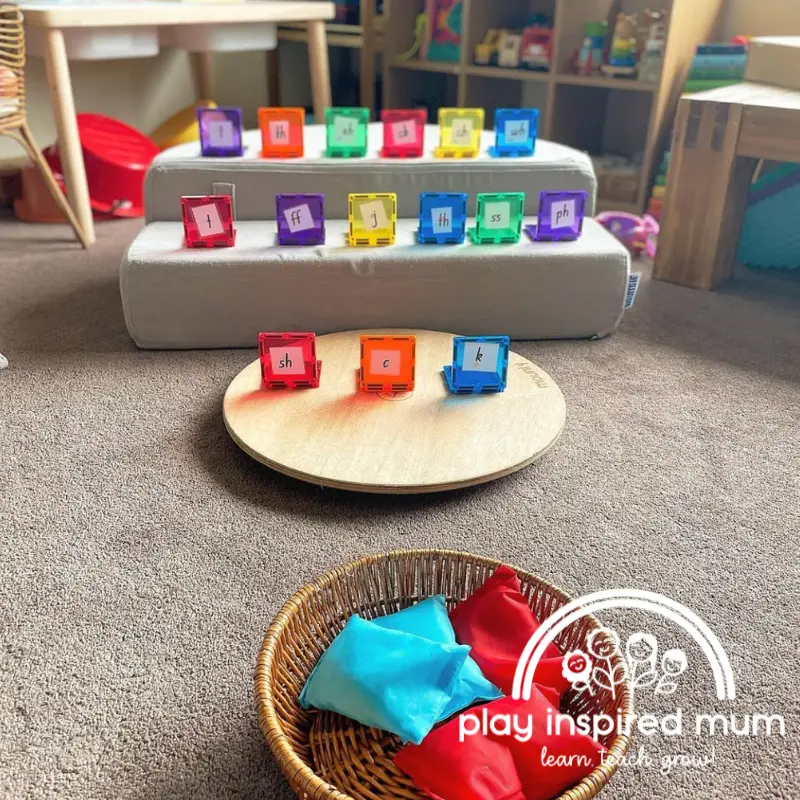
Preparing Your Phonic Targets
I found creating phonic targets a breeze with items around the house.
My first stop was collecting magnetic tiles and printed phonics cards.
These had letters, sounds, and digraphs, offering the variety we needed.
I made sure to include a mix to capture all aspects of learning phonics.
Attaching printed phonics cards to magnetic tiles became my next step.
I used blu-tac to secure the laminated cards to our magnetic tiles.
This didn’t just make them sturdy for countless throws but also made rearrangement a snap for different games.
We aimed for a blend of learning to read with an engaging twist.
The key was integrating both gross motor skills and hand-eye coordination in one fun-filled activity.
Setting Up Your Learning Area
I decided to carve out a corner in our living room for the indoor setup.
I used beanbags, Mounty presto and whatsie pieces, creating a playful and colourful area.
The magnetic tiles became our customizable targets, each adorned with printed phonics cards.
The Whatsie cushions were added to make tiered levels to make things more exciting.
For outdoors, I opted for our backyard, choosing a shaded spot to avoid the hot sun.
Here, the targets were set further apart, challenging those little arms a bit more.
In both settings, I ensured everything was within reach and easily visible for the kids.
With every toss, their hand-eye coordination improved, mirroring their growing familiarity with letters, sounds, and especially digraphs—a foundational step in play based learning for preschoolers.
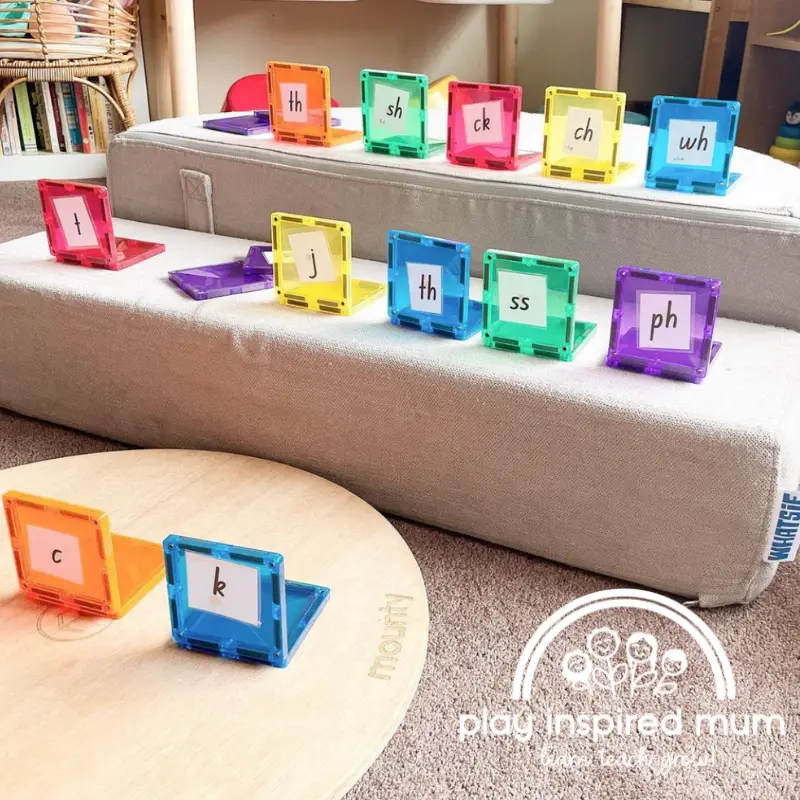
Phonics Bean Bag Toss: Engaging Activities and Games
I found the sweet spot where learning phonics and gross motor skills collide, thanks to beanbags and a bit of creativity.
Initially, I layered magnetic tiles with printed phonics cards on the ground.
Then, it was all about aiming and tossing the beanbags onto the correct digraphs and sounds.
This simple act turned learning to read into an adventure.
Here’s how we ramped up the fun:
- Letter Leap: For this game, I scattered letters around, and each had to be hit with a beanbag before we could move on to its sound.
- Sound Safari: I hid magnetic tiles with printed sounds around our play area. The hunt was on as we sought them with beanbags in tow. Finding and striking the correct sound was a thrill.
- Digraph Dash: We set up a course where each stop featured a different digraph. The challenge was to toss the beanbag accurately while on the move.
Each of these activities nurtured hand eye coordination and turned learning to read into a kindy activity full of giggles and shouts of joy.
Safety Precautions
Ensuring a secure environment tops our priority list during phonics fun with beanbag tosses.
We handle beanbags with care, keeping an eye out to prevent any unexpected throws that might lead to mishaps.
Magnetic tiles and printed phonics materials stay well within reach yet out of the path to avoid slipping accidents.
Supervision serves as the linchpin in safeguarding our little learners. I remain vigilant, guiding movements and providing feedback.
Adjusting the difficulty proves essential; not all preschoolers will grasp digraph sounds or aim with similar precision.
By tailoring challenges to their unique skills, we foster not just learning but also a sense of accomplishment.
This blend of oversight, adjustment, and safe material selection guarantees an experience where learning to read and developing gross motor skills through play-based learning happens in the most secure setting.
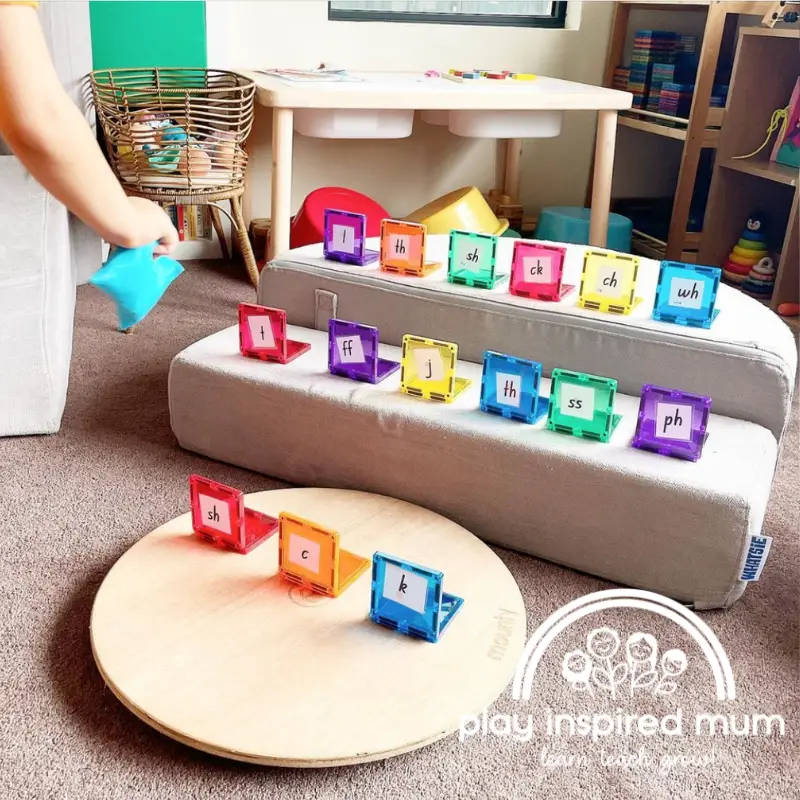
Tracking Progress and Adjusting Difficulty
I found that tracking progress in phonics and gross motor skills had always been a crucial part of ensuring sustained interest and ongoing challenges for my little learners.
Initially, I used a simple chart to mark milestones in learning to read and hand-eye coordination improvements.
This method allowed me to see at a glance how each preschooler was advancing and where extra support might be needed.
This is a great way of being able to reaffirm our kiddies in what they know, so they can then be confident to learn new sounds.
Adjusting the difficulty of our bean bag toss games proved essential for keeping each activity engaging and appropriately challenging.
For instance, as the kids became more adept at identifying letters and sounds, I introduced digraphs and more complex words using magnetic tiles and printed phonics cards.
This variation not only spiced things up but also reinforced their reading skills in a playful and interactive way.
For those mastering hand-eye coordination, making the targets smaller or placing them further away presented a fun, yet doable, challenge.
By continually adapting these activities, I ensured that each kindy activity remained an exciting learning adventure, promoting play-based learning while fine-tuning both their cognitive and physical capabilities.
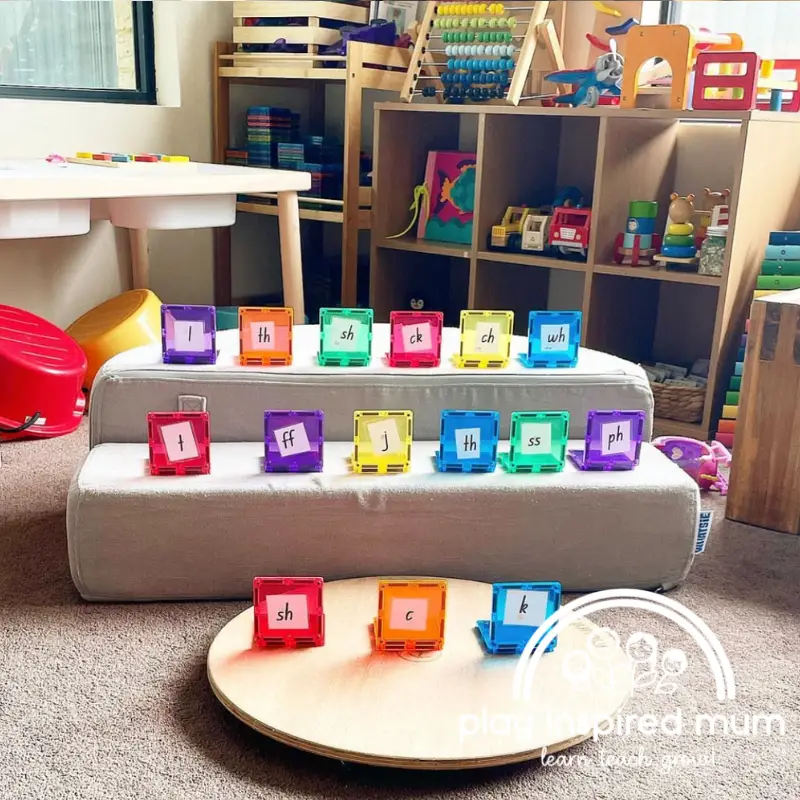
Final Thoughts: Tossing Toward Success
We’ve explored how beanbags can turn into an magnificent tool for learning phonics, blending gross motor skills with the journey of learning to read.
This method uses printed phonics, magnetic tiles, and other whatsie pieces, ingeniously making every toss a step towards mastering letters and sounds.
It’s been a fabulous blend of hand eye coordination enhancement and digging deep into making learning digraphs fun.
Integrating play-based learning, especially with activities like our phonic bean bag target practice, does wonders.
It ensures preschoolers and kindy-aged children engage eagerly, transforming what might seem like mundane repetition into an exhilarating quest.
The tactile nature of beanbags, coupled with the visual stimulus of magnetic tiles and printed phonics, cements new knowledge in a way few other activities can.
It’s that robust interaction between physical activity and learning that embeds these foundational skills deeply.
So, let us toss our way to success, embracing this dynamic method of teaching.
I encourage you to continue exploring and enriching your preschooler’s or kindy child’s learning landscape.
Keep combining the foundational blocks of letters and sounds with the joyous, kinetic world of beanbags.
By doing so, we’re not just teaching them to read; we’re offering them a tapestry of skills that extends well beyond the pages of any book.
